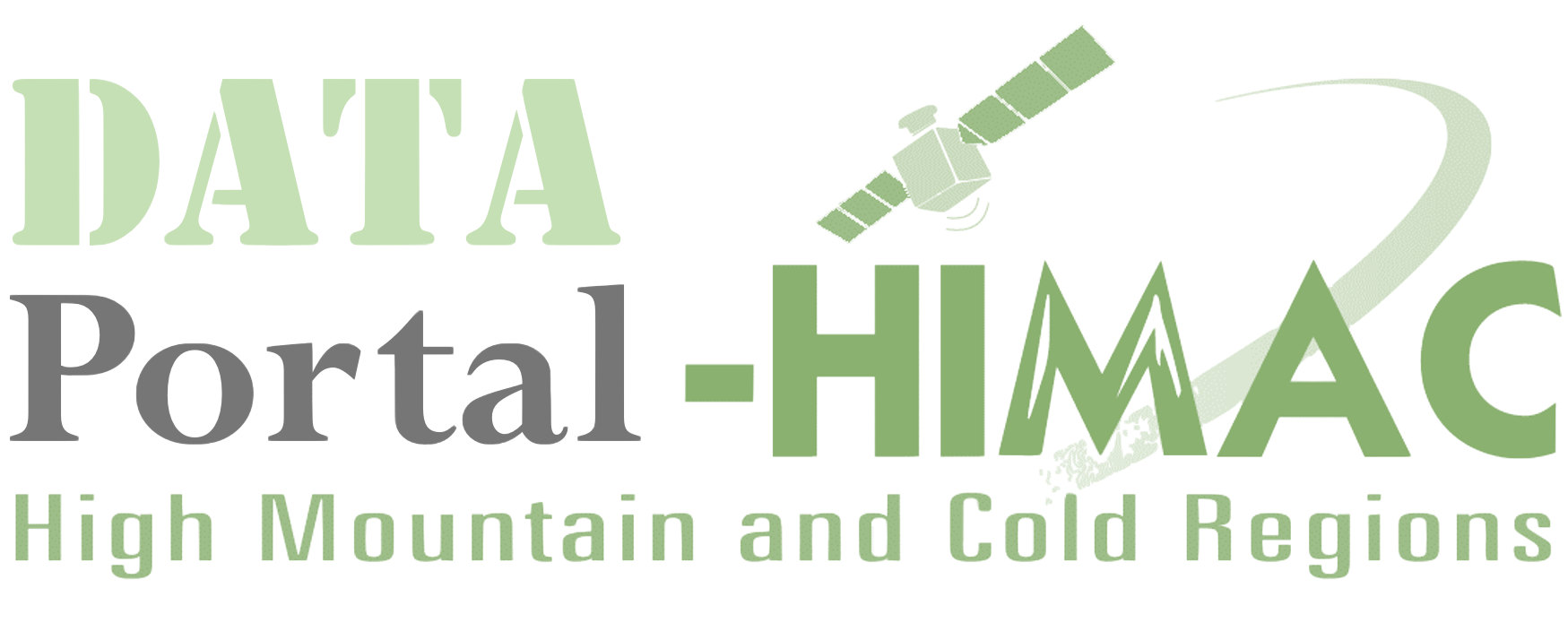GLIMS Glacier Viewer
Data and Resources
Additional Info
| Field | Value |
|---|---|
| Source | http://glims.colorado.edu/glacierdata/ |
| Last Updated | May 26, 2021, 02:32 (UTC) |
| Created | February 4, 2021, 04:14 (UTC) |
| Country | International |
| Data Management | NSIDC bases its data management policies for all data on proven archival principles and best practices. These principles include the following: Archival records exist to be used, not merely saved for their own sake. Some records ought to be preserved long-term, even after their immediate usefulness has passed Archival records ought to be preserved as completely and coherently as possible, including critical information about context and connections. Archival records ought to be organized properly and in a timely way so they can be used. Sensitive information and information given in situations presumed to be private should be protected from use as long as that sensitivity remains. Archivists should administer their collections equitably and impartially. Archival repositories ought to cooperate in preserving historical records. Specifics of these policies are elaborated in the remainder of this document. |
| Data Policy | 1.Metadata and Data Format Standars: In keeping with data management best practices, it is important for archives to preserve data as completely and coherently as possible, maintaining critical information about context and connections. NSIDC will use accepted standards in its data management practices. Data sets archived at and distributed by NSIDC will conform to NSIDC standard formats. The SMT will regularly review these standards and update them as needed. If data to be accepted by NSIDC are not in a preferred format, the relevant program or designated point of contact should review the costs of conversion to a preferred format to ensure consistency, availability and long-term access. 2.Data Set Docunmentaion: NSIDC requires that all data have some form of metadata and documentation describing the data. The format of this documentation may vary by the level of service and the nature of the data. In all cases, metadata and documentation follow standards and best practices, and are made publicly available. Formats may include the following: Metadata record and summary documentation: When resources and agreed-to level of service permits, NSIDC produces two types of data set documentation for published data sets, based on information that PIs submit with their data: (1) a Data Interchange Format (DIF) file and (2) a summary document. Both standardize a data set's metadata, increase ease of use, and allow future access to that data set. The DIF is the metadata file format used by the NASA Global Change Master Directory (GCMD) and is compatible with International Standards Organization (ISO) and Federal Geographic Data Committee (FGDC) metadata standards. NSIDC submits every DIF it writes to the GCMD, which is part of the U.S. Global Change Research Program. The summary documents contain metadata for each data set, and are often much more comprehensive than the DIFs, providing detailed information about data collection methodology, file structure, tools for accessing data, and other data characteristics. They also describe how to appropriately cite the data set. Archival records: Physical collections, also known as analog archives, may be described under standards appropriate to those objects (photographs, paper records, etc.) and those records maintained in a separate analog archive system. Some types of data, such as local and community knowledge, may fall under different metadata and documentation standards, and have specific requirements as social science data. These records may also be developed under distinct standards, and may or may not be publicly available, as dictated by access and privacy requirements. Legacy data: For some older data sets that NSIDC acquired previous to metadata systems and standards, additional documentation may be maintained in physical folders or digitized documents. |
| Data Sharing Principle | NSIDC makes its data as widely available as possible and as quickly as possible. NSIDC follows best practices and adheres to program requirements. NSIDC data sets can be accessed through the online catalog or by contacting the User Services Office. NSIDC also contributes metadata to other portals and repositories, thereby increasing the avenues by which users can find data. NSIDC strongly prefers to make data freely accessible to all. However, data providers may require specific terms and conditions. Data Charges Depending on terms of data submission, gaining access to or copies of some NSIDC products may require payment. Charges are made clear to potential users in data set documentation. Distribution Restrictions Data Provider: Restrictions to data access will be negotiated between NSIDC and the data provider at the time the data are deposited at NSIDC. In general, time limits are placed on such restrictions to maintain NSIDC's policy of free access. Non-Commercial Use Agreements: Some NSIDC data come with restrictions that limit their use to non-commercial purposes. This information is provided in the data set documentation and is made clear to users before they are provided with data. Generally a user must complete a form agreeing to these limitations before access is permitted. Copyright: Most of the data held by NSIDC are government-funded and in the public domain. NSIDC archives some data for which it has no distribution rights. NSIDC makes copyright restrictions clearly known to potential users in the data set documentation, and refers the user to the copyright owner for additional rights. Program Data:Depending on the program, NSIDC data may have access restrictions based on criteria such as time and/or membership (e.g., XYZ data is restricted to science team members only for the first year). NSIDC works with the program to ensure that these access restriction requirements are met. |
